Year of the Dragons
I needed images for Urban Explorers of Singapore’s articles, many of which existed only in my head and couldn’t be photographed. Out of necessity, I turned to AI, as there were too many pieces to commission, and while I can sketch, converting them to digital art wasn’t a feasible option.
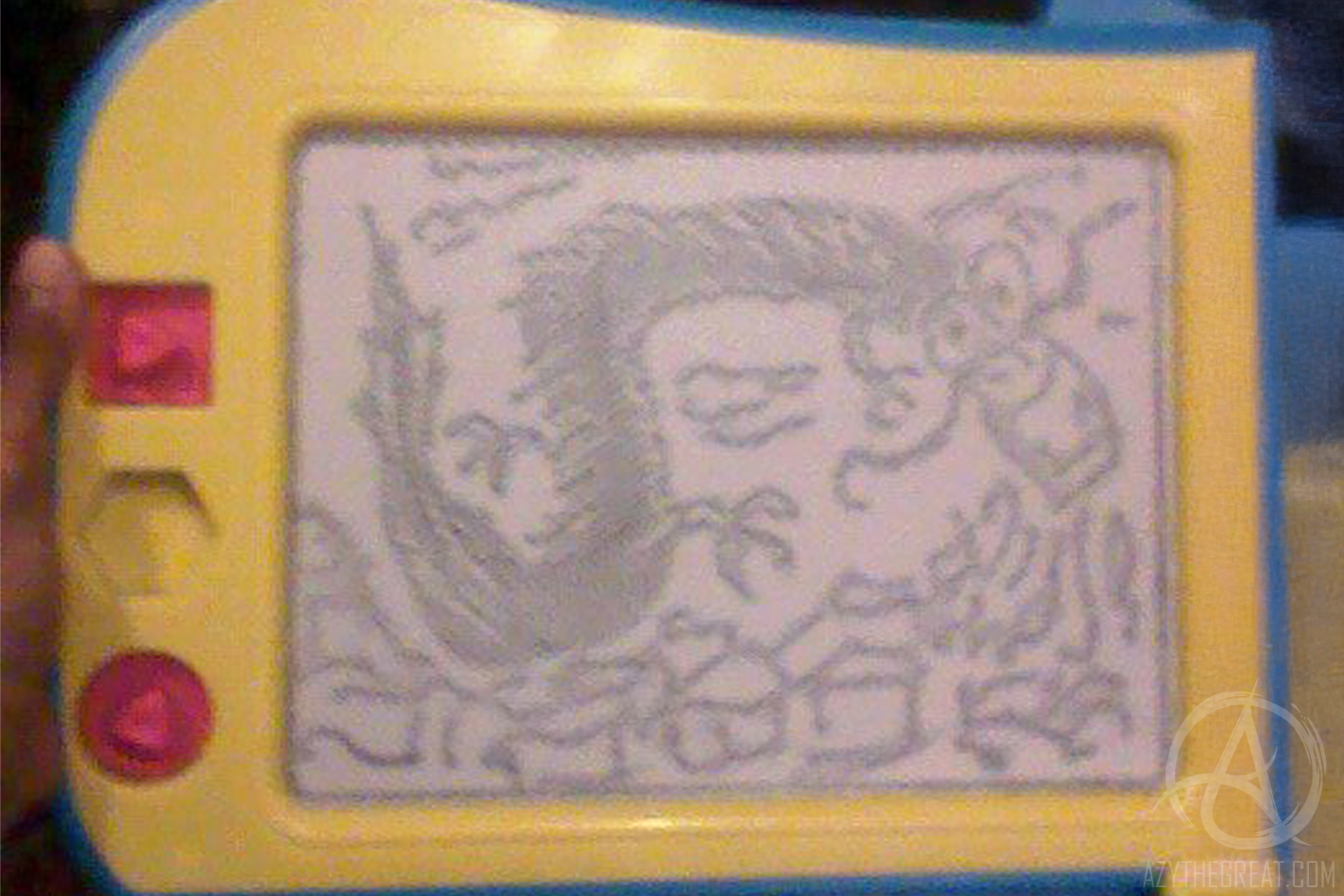
(Literally not a good example; not quite sure why I add this to the post.)
I was like a caffeine-fuelled locomotive the moment I started, churning out images one after another on DALL·E 3, smoking through fumes of midnight oil until I eventually burned out.
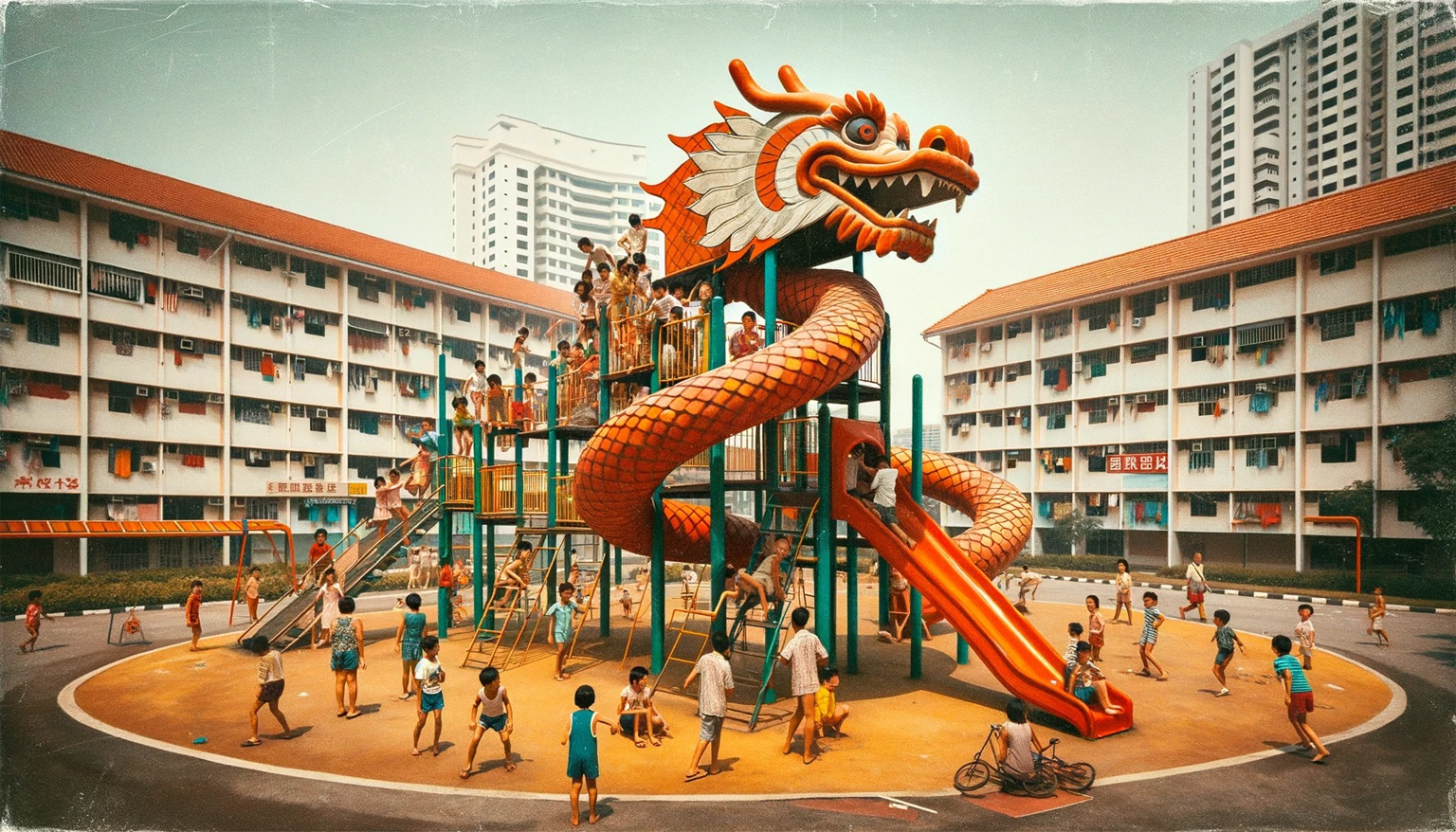
While having a break, I came across a post by Jim Owen in Heritage SG Memories, featuring a digitally created scene of Singapore’s iconic dragon playground. I honestly loved it. Fuck the deadly sins — I envied it.
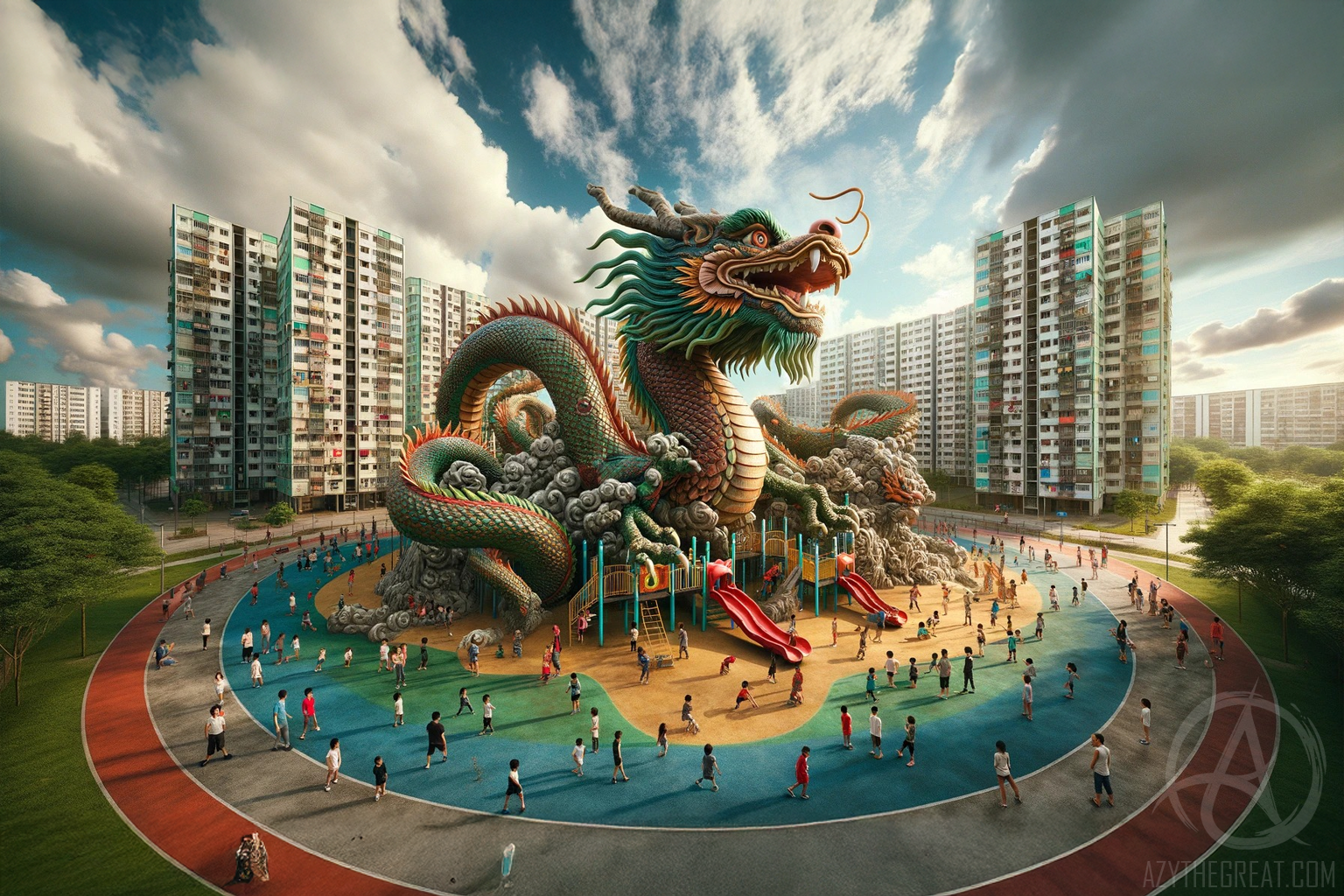
My fascination with Chinese tradition has been with me since childhood. Despite my Javanese roots, the cultural density in it has formed a deep cognitive-emotional attachment that felt parallel but unfamiliar, structured yet overwhelming.
I wanted to generate something similar yet distinct, so I jumped back into ChatGPT and experimented with different prompts to see what worked. It was only 87 failed attempts, I finally landed a good variant with its head loosely inspired by Wat Samphran, Thailand. Unfortunately, I lost the original prompt by the time I decided to document the effort — I may have accidentally deleted the conversation.
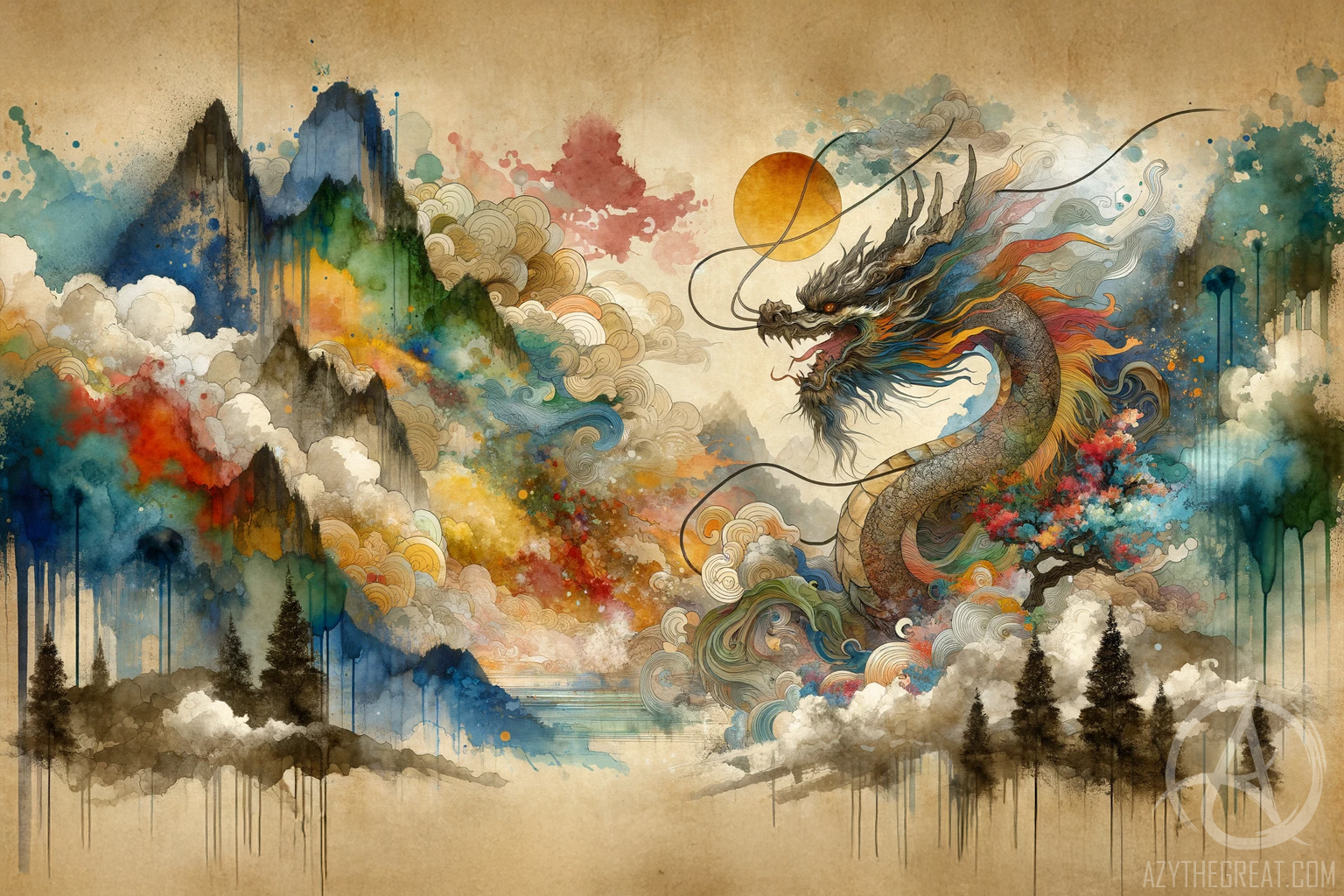
With the Year of the Dragon kicking off on 10 February 2024, I thought it’d be cool to have a majestic Chinese dragon in traditional Japanese art with European abstract influences, styled with bleeding brushstrokes, ink splatters, and watercolour textures fading into a surreal dreamscape. Surprisingly, I got a good render after only six bad outputs.
Up until now, it may seem like I was using AI images right off the bat. Actually, most of the images I wanted involved post-production work in Photoshop, and the following is a clear example.
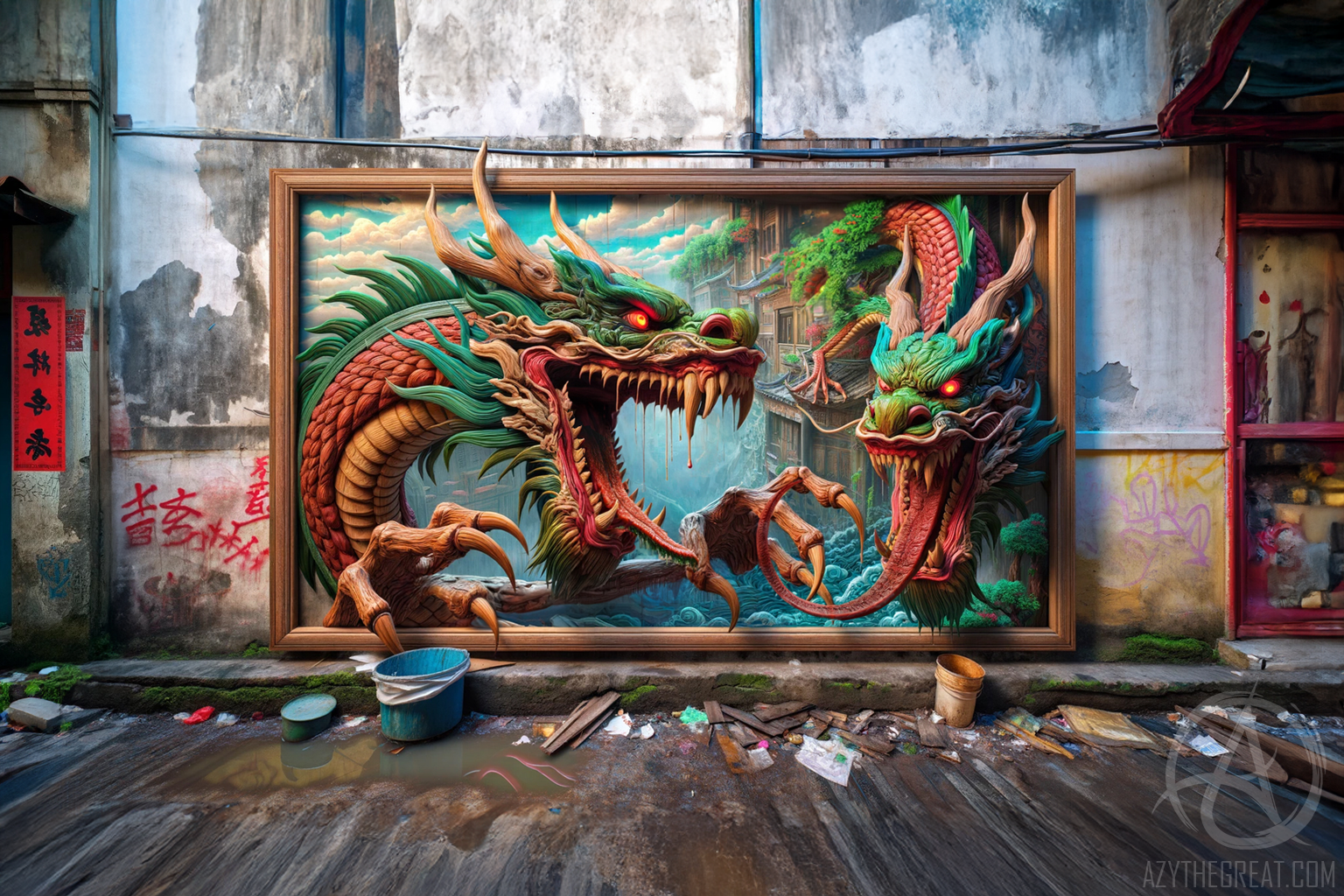
The idea for this image stemmed from the previous art fusion concept, intended to be one of the paintings in an art museum scene. However, I couldn’t capture the right vibe, even after adjusting it to a single painting of two dragons on a wall. So, I shifted the scene to a discarded painting in a Chinatown back alley.
To avoid lifelessness, I applied the concept of mythicising reality, depicting the dragons crawling out into the real world. This was inspired by a 2 February 2018 article I co-wrote with Leonard Ng, titled The Serpent of Haw Par Villa.
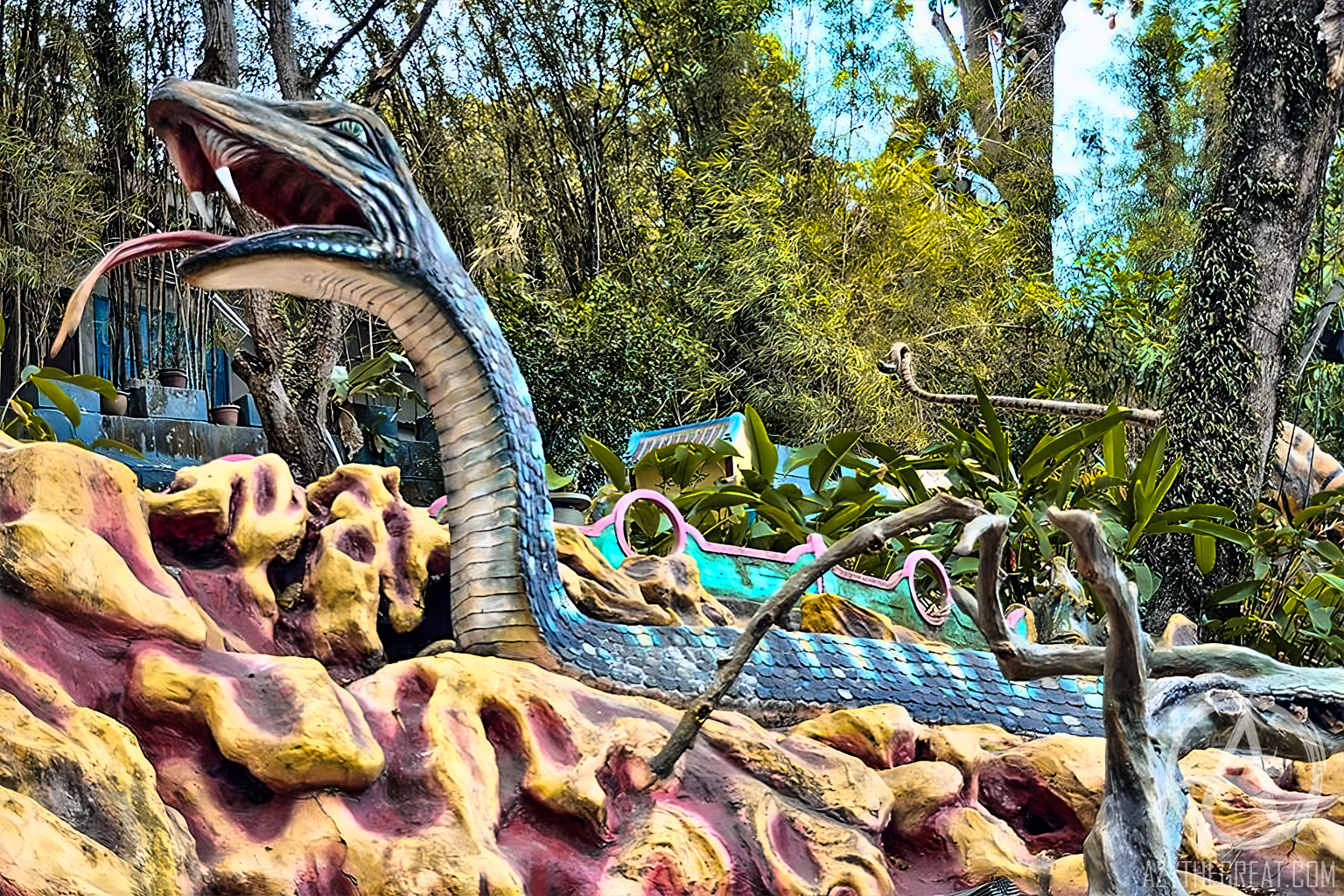
None of the outputs had the right vibe, so I stopped and recycled the failed images by stitching different parts together using Generative Fill in Photoshop. Honestly, I’m not really fond of Adobe’s AI—it can’t handle a simple task without messing up. Nevertheless, the result was worth the time spent, but ironically, I have no use for this in any of my articles.
Comments are closed.